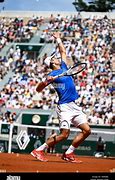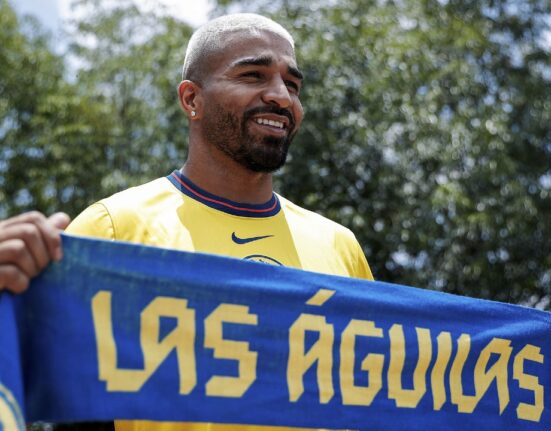Is this the last time we’ll see line judges at a Grand Slam? Well, it seems like the French Open might be the final frontier for these human arbiters in tennis. In a sport where precision is paramount, the role of line judges has long been under scrutiny. The advent of electronic line calling (ELC) has cast a shadow over their traditional position on the court.
Imagine being at Roland Garros, witnessing the age-old dance between players, umpires, and line judges unfold. Every disputed point adds a layer of drama to an already intense game. The call is made, the player protests, and then comes that crucial moment when the umpire descends from their perch to inspect the mark left by the ball.
“It’s theater — and sometimes leads to an overturned call,”
remarked one observer during Mirra Andreeva’s match at this year’s French Open. These instances highlight not just the precision required in tennis but also the inherent subjectivity that comes with human judgment.
As Wimbledon gears up to embrace ELC, joining other Grand Slam tournaments like the Australian Open and US Open, one can’t help but wonder about the fate of line judges at Roland Garros. The organizers seem determined to retain this human element until players demand otherwise.
While some clay-court tournaments have had teething problems with ELC, such as mismatches between technology and the naked eye on ball marks, others have faced controversy due to faulty calls made by human judges. Players like Alexander Zverev and Aryna Sabalenka have openly questioned these decisions captured through both ELC and traditional means.
Reflecting on these challenges, Casper Ruud highlighted how educational videos are being used to educate players and fans alike on why interpreting ball marks on clay can be tricky business. This initiative aims to shed light on both the limitations of human perception and technological advancements in ensuring fair play.
Despite growing calls for embracing ELC across all tournaments for its accuracy and efficiency, Roland Garros stands firm in its resolve. Gilles Moretton emphasized how maintaining human line judges aligns with preserving tradition and player satisfaction at this prestigious event.
Novak Djokovic expressed understanding for both sides but leaned towards technology for its precision and potential reduction in on-court personnel. Other players like Coco Gauff echoed similar sentiments while acknowledging the importance of adapting to modern advancements in sports officiating.
Amidst differing opinions within player ranks regarding ELC versus traditional judging methods, one thing remains clear: change is inevitable in tennis officiating. Whether AI will eventually replace human judgment entirely or if a hybrid approach will prevail is still up for debate.
As each contentious call reverberates through courts worldwide, sparking conversations about fairness and accuracy in officiating, one can’t help but wonder how long Roland Garros can resist the tide of technological progress sweeping through modern sports.









Leave feedback about this